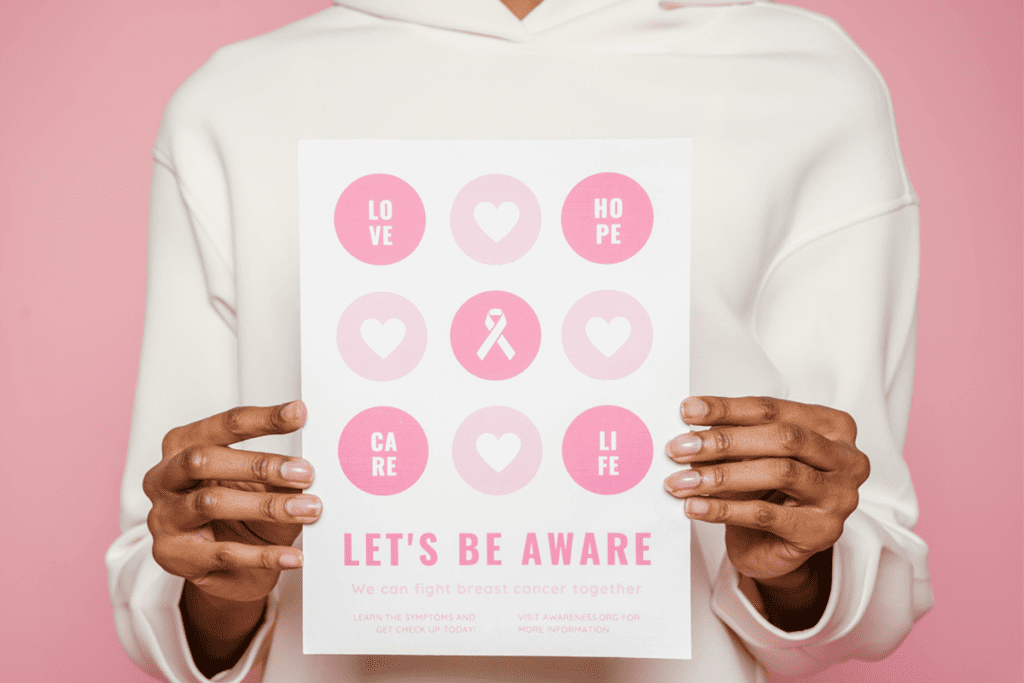Breast Lump: Causes, Symptoms, and When to See a Doctor
Breast lumps are a common concern for many women and, in some cases, men. While most breast lumps are benign (non-cancerous), it’s essential to understand their causes, recognize the symptoms, and know when to seek medical attention. In this blog, we’ll explore everything you need to know about breast lumps and why consulting a breast specialist near you is crucial for early diagnosis and treatment.
What is a Breast Lump?
A breast lump is a localized swelling, bump, or mass in the breast tissue. It can vary in size, texture, and tenderness. While some lumps are harmless, others may indicate an underlying condition that requires medical attention.
Common Causes of Breast Lumps
Breast lumps can arise due to various reasons. Here are the most common causes:
1. Fibrocystic Breast Changes
- Description: Hormonal fluctuations can cause the breast tissue to feel lumpy or rope-like.
- Symptoms: Tenderness, swelling, and pain that often worsen before menstruation.
2. Cysts
- Description: Fluid-filled sacs that develop in the breast tissue.
- Symptoms: Smooth, round, and movable lumps that may feel tender.
3. Fibroadenomas
- Description: Non-cancerous solid tumors made of glandular and connective tissue.
- Symptoms: Firm, rubbery, and painless lumps that move easily under the skin.
4. Infections (Mastitis)
- Description: Bacterial infections that cause inflammation in the breast tissue.
- Symptoms: Pain, redness, warmth, and swelling in the affected area.
5. Lipomas
- Description: Fatty tissue growths that are soft and painless.
- Symptoms: Movable lumps under the skin.
6. Breast Cancer
- Description: Malignant tumors that can develop in the breast tissue.
- Symptoms: Hard, irregularly shaped lumps that may be painless, along with skin changes, nipple discharge, or dimpling.
Symptoms of Breast Lumps
While the presence of a lump is the most noticeable symptom, other signs may accompany it, including:
- Pain or tenderness in the breast or nipple area.
- Changes in breast size or shape.
- Nipple discharge (clear, bloody, or milky).
- Skin changes such as redness, dimpling, or puckering.
- Swelling or lumps in the armpit area.
If you notice any of these symptoms, it’s essential to consult a breast specialist near you for a thorough evaluation.
When to See a Doctor
While not all breast lumps are dangerous, certain signs warrant immediate medical attention. You should see a doctor if:
- The lump is new or unusual and doesn’t go away after your menstrual cycle.
- The lump feels hard, irregular, or fixed in place.
- You experience nipple discharge (especially if it’s bloody).
- There are changes in the skin over the breast, such as redness, dimpling, or scaling.
- You notice swelling or lumps in the armpit area.
Early detection is key to effective treatment, especially in cases of breast cancer. A breast specialist can perform diagnostic tests like mammograms, ultrasounds, or biopsies to determine the nature of the lump.
Diagnosis and Treatment Options
If you visit a breast specialist near you, they may recommend the following steps:
1. Clinical Breast Exam
- The doctor will physically examine the lump and surrounding tissue.
2. Imaging Tests
- Mammogram: An X-ray of the breast to detect abnormalities.
- Ultrasound: Uses sound waves to determine if the lump is solid or fluid-filled.
- MRI: Provides detailed images of the breast tissue.
3. Biopsy
- A small tissue sample is taken from the lump to check for cancer cells.
4. Treatment Options
- Benign Lumps: Often require no treatment but may be monitored or removed if they cause discomfort.
- Infections: Treated with antibiotics.
- Cancerous Lumps: Treatment may include surgery, chemotherapy, radiation, or hormone therapy.
Prevention and Early Detection
While not all breast lumps can be prevented, you can reduce your risk by:
- Performing monthly self-exams to familiarize yourself with your breast tissue.
- Scheduling regular mammograms as recommended by your doctor.
- Maintaining a healthy lifestyle with a balanced diet, regular exercise, and limited alcohol consumption.
Why Choose a Breast Specialist Near You?
If you’re concerned about a breast lump, consulting a breast specialist near you is the best course of action. Specialists have the expertise and tools to accurately diagnose and treat breast conditions, ensuring you receive the best possible care.
At SCI International Hospital, Dr. Sanjeev Gupta and his team of experts provide compassionate and advanced care for breast health. With state-of-the-art technology and a patient-first approach, we’re here to guide you through every step of your journey.
Conclusion
Breast lumps can be alarming, but understanding their causes, symptoms, and when to seek medical help can ease your concerns. If you notice any unusual changes in your breasts, don’t hesitate to consult a breast specialist near you. Early detection and timely treatment can make all the difference.
Book your consultation today and take the first step toward better breast health!


